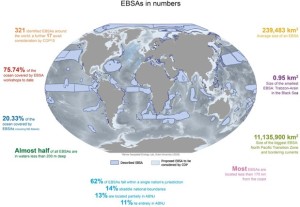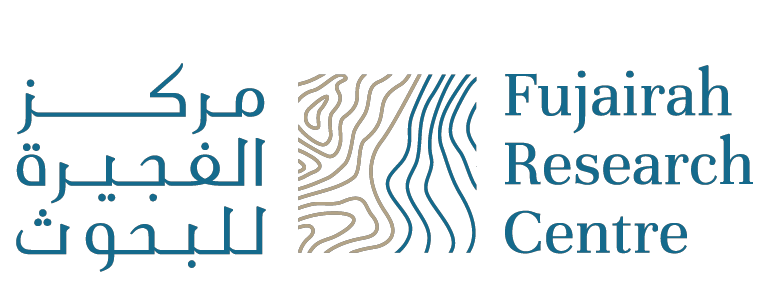
Unveiling the Arabian Sea's Gems: How EBSAs Guide Marine Conservation in the Northwest Indian Ocean
The Arabian Sea is a massive body of water teeming with marine life. From whales breaching the surface to dolphins gracefully moving through the waves, countless species travel vast distances across its waters. To protect these migratory animals, we need to understand where they live and breed. This is where the Convention on Biological Diversity (CBD) comes in, with its helpful tool: Ecologically or Biologically Significant Areas (EBSAs).
The CBD, an international treaty with over 190 signatories, is a cornerstone of global biodiversity conservation. It recognizes the importance of safeguarding not just individual species but also the intricate ecosystems they rely on. This holistic approach extends beyond land, encompassing the vibrant world beneath the waves.
EBSAs: Identifying Marine Biodiversity Hotspots
One of the CBD's key tools for marine conservation is the EBSA process. EBSAs are discrete geographical areas in the marine environment that are particularly significant for biological or ecological reasons. They act as critical breeding grounds, feeding areas, or migratory corridors for a diverse range of marine life. Identifying these EBSAs is crucial for prioritizing conservation efforts and ensuring the well-being of migratory species.
A Spotlight on the Arabian Sea Oxygen Minimum Zone EBSA
The Arabian Sea Oxygen Minimum Zone (OMZ) EBSA exemplifies the importance of this process. This unique area is characterized by naturally low oxygen levels in deep waters. Yet, life persists and even thrives in this seemingly hostile environment. The OMZ EBSA recognizes the remarkable adaptation of organisms found there and highlights the need to understand and protect this fragile ecosystem.
The positive impact of EBSAs goes beyond mere identification. The CBD EBSA process has directly and indirectly contributed to the conservation of marine migratory species within the Northwest Indian Ocean region and the implementation of the Convention on Migratory Species (CMS). This collaboration highlights the power of coordinated efforts across different treaties and organizations.
Marine migratory species, encompassing waterbirds, seabirds, sharks and rays, whales and dolphins, marine turtles among others, represent the remarkable diversity of the ocean. These animals connect ecosystems, countries, and cultures through their epic journeys. They play a vital role in maintaining healthy marine environments, ultimately contributing to human well-being through healthy fisheries and vibrant coastal communities.
In 2011, the significance of EBSAs for migratory species was acknowledged. The 10th Meeting of the CMS Conference of the Parties (COP) recognized the potential of EBSA data to identify crucial habitats for migratory species listed under CMS. This recognition paved the way for further collaboration, with CMS calling upon its member countries to actively participate in the EBSA process and share valuable data on marine migratory species.
The 2015 CBD EBSA Workshop for the Northwest Indian Ocean and Adjacent Gulf Areas stands as a shining example of successful collaboration. The workshop, co-organized by the CMS Office in Abu Dhabi and the CBD Secretariat, brought together experts to identify and describe EBSAs within the region. This collaborative effort yielded significant results, positively impacting several countries and supporting the implementation of various CMS conservation programs.
In 2019, many of the EBSAs identified in the 2015 workshop were reviewed alongside other areas of interest for marine mammals during the Western Indian Ocean and Arabian Seas Important Marine Mammal Areas (IMMA) workshop. This workshop confirmed fourteen IMMAs, several of which either correlated to previously described EBSAs.
The United Arab Emirates' continued presence in international forums like the CBD, CMS, IUCN, among others, is vital to ensuring the nation's environmental leadership. These platforms offer a wealth of resources, from scientific knowledge and funding opportunities to collaborative initiatives with other countries. Through active participation, the UAE can learn best practices in species conservation, tackle environmental issues that cross borders, and ultimately safeguard its unique biodiversity for future generations.
